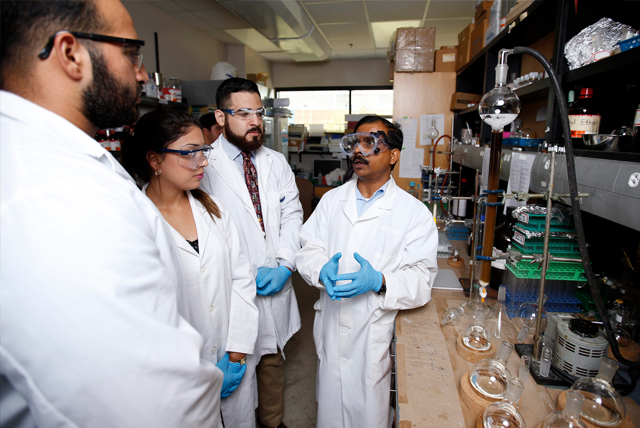Advancements of Nanotechnology in Diagnostic Applications
Document Type
Book
Publication Date
9-2020
Abstract
High-throughput screening is one of the most crucial aspects that helps a society to respond effectively in an emergency, such as a pandemic. The current medical technologies have advanced the diagnostic ability in terms of its speed, quality, effectiveness and sensitivity. However, these technologies are not developed beyond the conventional diagnoses of certain diseases, such as immunodeficiency, cancers, and neurological disorders. In this regard, the manufacturing of diagnosis kits has seen revolutionary changes when nanotechnology has been incorporated. This technology has enabled the design of innovative tools and techniques to improve the whole healthcare system in general, and diagnosis in particular. The most significant changes brought by nanotechnology in medical diagnosis include rapid testing and early diagnosis. The characteristic physicochemical properties, advantageous functionalization chemistry and biological compatibility of nanoparticles (e.g., gold nanoparticles, silver nanoparticles, quantum dots, carbon nanotubes, and graphene oxide) have gained tremendous attention for revolutionizing the overall field. In addition to the use of novel nanoparticles, the medical diagnostics field has benefitted from the application of nanotechnology in chips, sensors, single-cells, and micro-electromechanical structures. Therefore, this chapter aims to introduce and review nanotechnology-based tools and devices for the diagnosis of critical diseases.
Recommended Citation
Rafiq, Z., Patel, P., Kumar, S., Sofi, H.S., Macossay, J., Sheikh, F.A. (2020). Advancements of Nanotechnology in Diagnostic Applications. In: Sheikh, F. (eds) Application of Nanotechnology in Biomedical Sciences. Springer, Singapore. https://doi.org/10.1007/978-981-15-5622-7_1
Publication Title
Application of Nanotechnology in Biomedical Sciences
DOI
10.1007/978-981-15-5622-7_1



Comments
© 2020 The Editor(s) (if applicable) and The Author(s), under exclusive license to Springer Nature Singapore Pte Ltd.
https://rdcu.be/c4Fsi